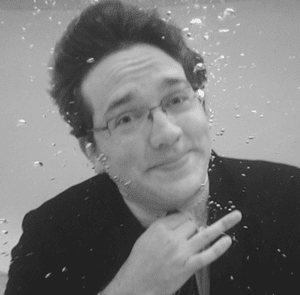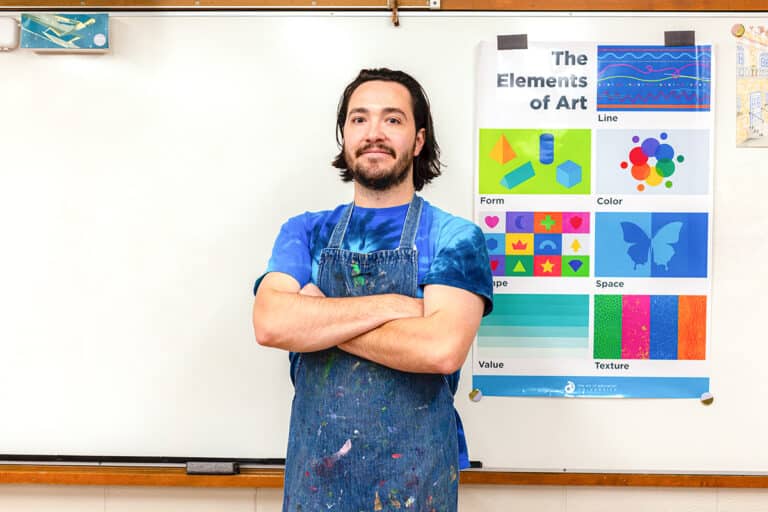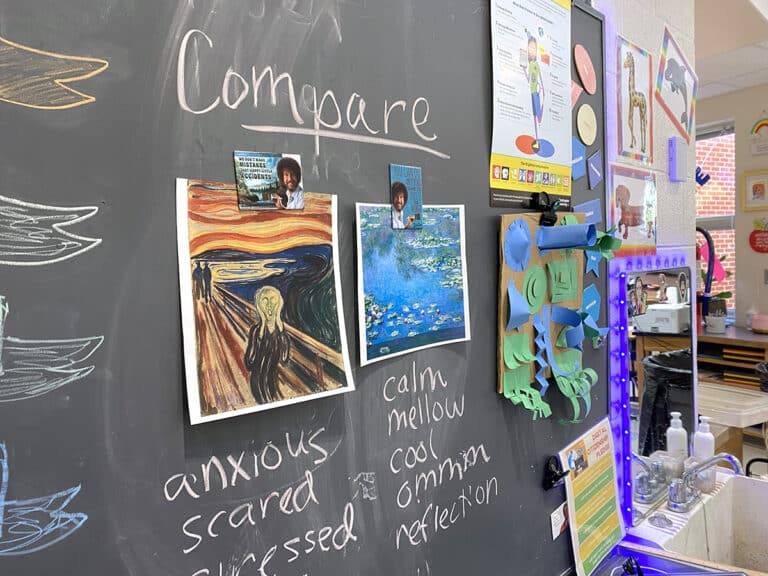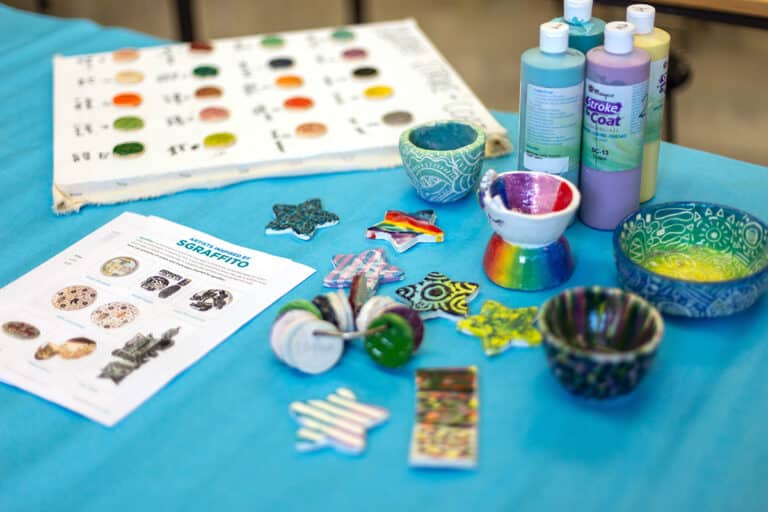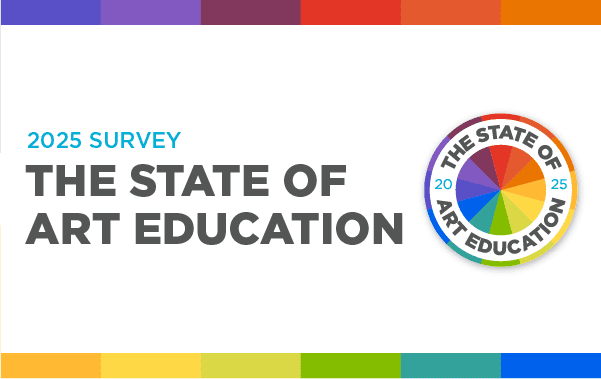If you’re anything like me, you’ve been bombarded over the past couple of years with information about the Fixed v. Growth Mindset. This is a theory that comes from Carol Dweck, a professor at Stanford, that has been spreading through educational circles like wildfire. According to Dweck, those with a fixed mindset believe that your intelligence is innate and cannot be improved. Those with a growth mindset believe the opposite; they believe your intelligence can be stretched and grown. You can find a great overview here.
So, what does a growth mindset look like from the perspective of an art teacher?
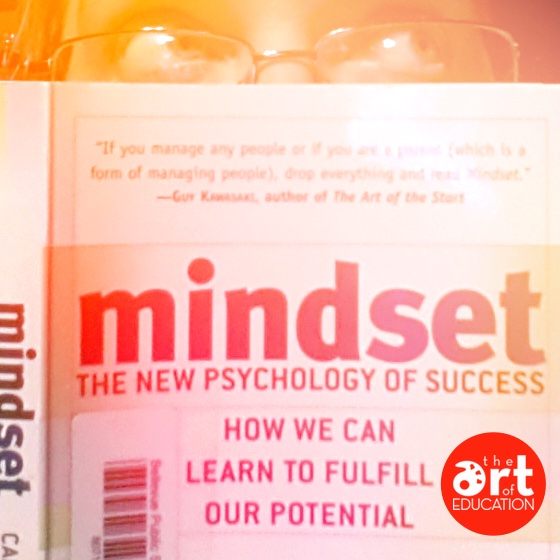
Let’s consider artmaking a type of intelligence. How do we get kids out of the fixed mindset when it comes making art? So many kids tell me “I don’t want to sign up for art–I can’t draw!” Every time, my response is “I will TEACH you to draw.” Yes, some kids have more inherent talent than their peers, but that doesn’t mean other kids will never catch up.
Learning to draw (or sculpt, or paint, or throw on the wheel) is about practice. And more practice. And more practice. The more you work, the better you become. If you can get your kids into the growth mindset, you can get them to realize that work equals success. All it takes to get kids into that growth mindset and achieving their potential is a few simple strategies.
Below are 5 ways to shift kids from a fixed mindset to a growth mindset.
1. Don’t be afraid to tell kids “that’s too easy”. Collaborate with them to find work that is suitably challenging.
2. Give effusive praise for kids’ effort–not for their talent. Students get plenty of praise for their talent from their classmates and their other teachers. Show them that you appreciate the work they put in to their art.
3. Remind kids that success takes work. If students want to learn to throw on the wheel, they need to be practicing every day. If they want to draw from observation, they need to get out the drawing pencils and paper on a regular basis.
4. Teach kids to embrace criticism. Do critiques–both formal and informal–and encourage your kids to use that feedback and advice to get better.
5. Embrace the challenges, and embrace the mistakes. That’s how we learn. That’s how we advance.
Take these ideas, and put them to work, because the growth mindset is an important tool for our students both in our classrooms and beyond. Don’t neglect the growth mindset for yourself either. You should embrace the challenges and embrace the mistakes right along with your students. A growth mindset will help you as a teacher, and more importantly, it will help your students be successful in your art room.
How much has your school or district been focusing on the Fixed v. Growth Mindset?
What other ideas do you have on how to develop the growth mindset amongst your students?
Magazine articles and podcasts are opinions of professional education contributors and do not necessarily represent the position of the Art of Education University (AOEU) or its academic offerings. Contributors use terms in the way they are most often talked about in the scope of their educational experiences.
